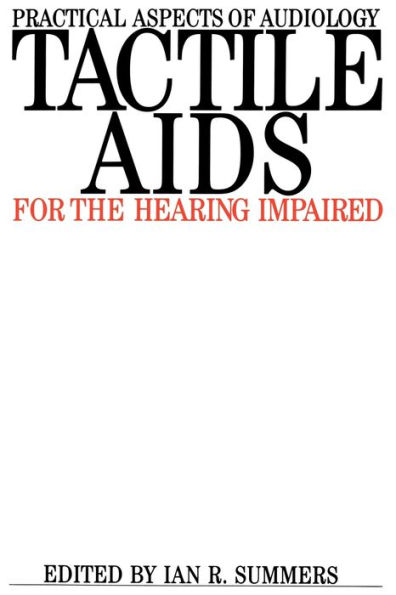Authors from Australia, Canada, the UK and the USA have contributed chapters, and among the topics they cover are: fundamentals of vibrotactile and electrotactile perception; signal processing strategies; tactile coding (including synthetic Tadoma); choice of subjects and subject training; evaluation of tactile aids and comparison with cochlear implants; and communication for the deaf-blind.
The book should provide a useful reference for those who work with the profoundly deaf, students and others with interests in the perception of speech and environmental sound.
Authors from Australia, Canada, the UK and the USA have contributed chapters, and among the topics they cover are: fundamentals of vibrotactile and electrotactile perception; signal processing strategies; tactile coding (including synthetic Tadoma); choice of subjects and subject training; evaluation of tactile aids and comparison with cochlear implants; and communication for the deaf-blind.
The book should provide a useful reference for those who work with the profoundly deaf, students and others with interests in the perception of speech and environmental sound.

Tactile Aids for the Hearing Impaired
272
Tactile Aids for the Hearing Impaired
272Paperback

Product Details
| ISBN-13: | 9781870332170 |
|---|---|
| Publisher: | Wiley |
| Publication date: | 04/08/1992 |
| Series: | Practical Aspects of Audiology |
| Pages: | 272 |
| Product dimensions: | 6.12(w) x 9.27(h) x 0.63(d) |
